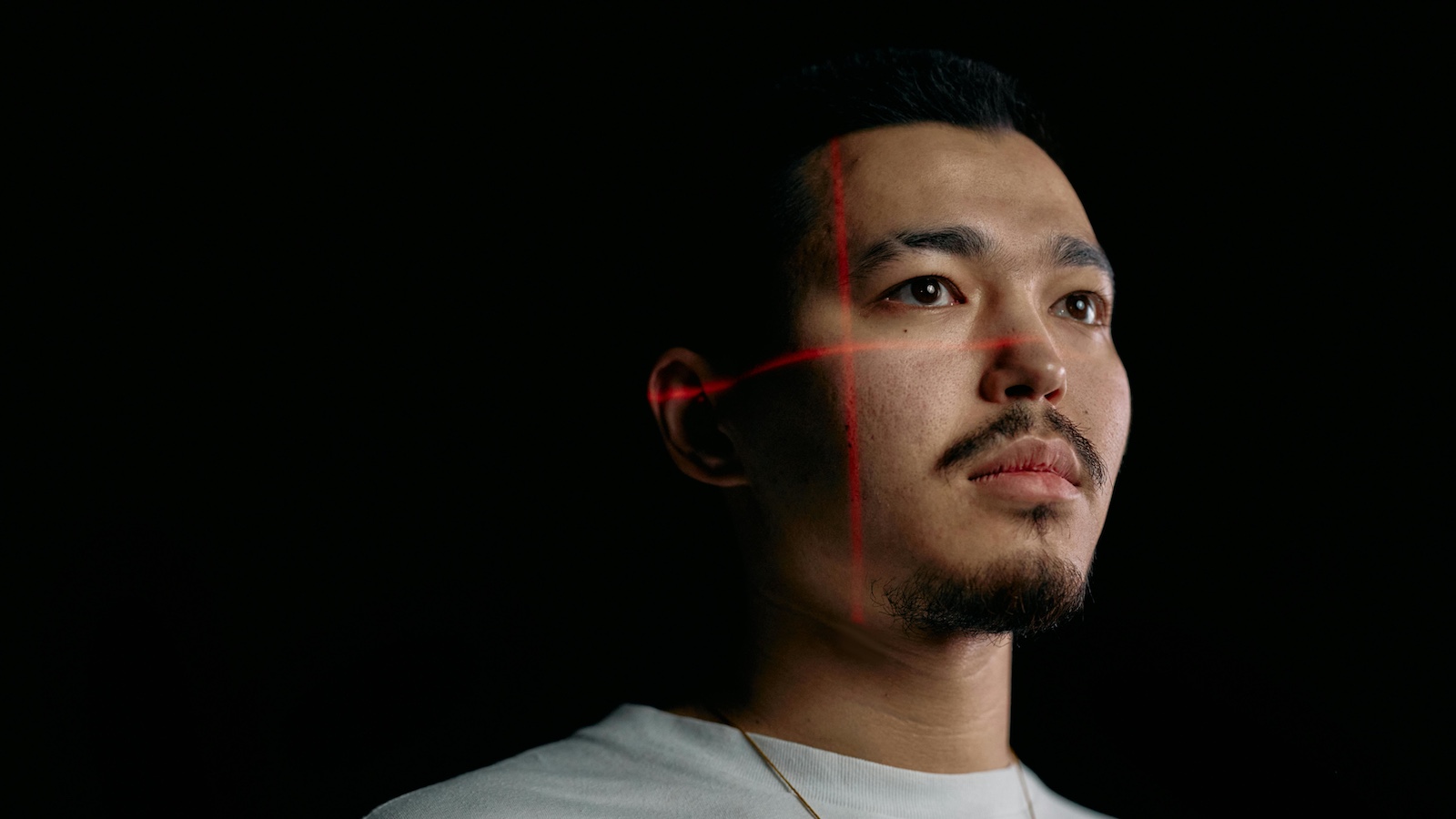This year’s CES is no less mind-boggling than in prior years. With 2.7 million square feet of exhibition space, about 4,000 exhibitors, hundreds of sessions and 180,000 people, it is virtually impossible to take it all in. However, there are a few big themes that always emerge, along with a variety of interesting new products – some are potential game-changers while others are head-scratchers. But, I’ll save a more in-depth analysis for another blog to concentrate on one overarching theme I’ve seen from CES2018 – the prominence of the user interface (UI).
This emphasis on the UI is especially interesting because CES has historically been considered a “hardware” show, with the latest and greatest statistics touted by tech companies. Metrics related to speeds, capacities, pixels, size (some devices keep getting bigger while others keep getting smaller) and other units of measure dominate the discussions and marketing materials. But one prevalent thread throughout much of CES2018 is the dramatic expansion and innovation regarding how we interact with computers and the world around us.
See also: Rise of the Machines in InsuranceStart with the fact that voice assistants are increasingly embedded into new solutions – Alexa, Google Assistant, Cortana, Bixby and others from prominent tech brands are leveraged in home devices, vehicles, mobile devices and many other smart things. Next, consider that haptics and gestures are becoming more advanced and being used to control more devices. New car company BYTON unveiled a car that allows interactions via five simple hand gestures (and that vehicle also has a 49-inch touchscreen and has integrated Amazon’s Alexa). Also, interactions based on our movements continue to be enhanced in the VR world.
Another area in which interaction is rapidly advancing is the use of biometrics. Fingerprints are already broadly used to unlock devices and to gain access to other digital assets, but we increasingly see solutions based on iris scans, facial recognition, hand geometry and other unique aspects of human physiology. We can all hope that the days of the password are numbered (YAY!).
Chatbots are emerging in many places, and people are getting used to interacting with them for sales advice, customer service and tech problems. Many still need to be infused with more AI to perform at a higher level, but there is a distinct trending toward more chatbot use. It is also likely that we will see a resurgence of avatars to give more personality to chatbots. At CES2018, I had my face scanned, and a highly accurate 3D model of my head was created in less than a minute. While the early applications of these types of 3D digital capture and creation tools are designed for virtual reality, using the tools for customer interaction is a natural extension.
See also: Cyber Threats: Big One Is Out ThereAdd to this mix the amazing advances in augmented and virtual reality, the appearance of all manner of screens (every size, shape and location possible), tech that adds the sensations of touch and smell to our virtual interactions with machines, and you get a formula that engages all our senses. The digital, connected world is in its infancy and is poised to transform our daily lives. One thing is clear, the way we interact with the world around us will be based on the types of UI advancements that are so front and center at CES2018.
One final wish: Imagine a world without passwords, where TV remotes are a thing of the past, using your fingers to type on a keyboard is rare, and mice only show up in the barn. Sounds like nirvana to me.








